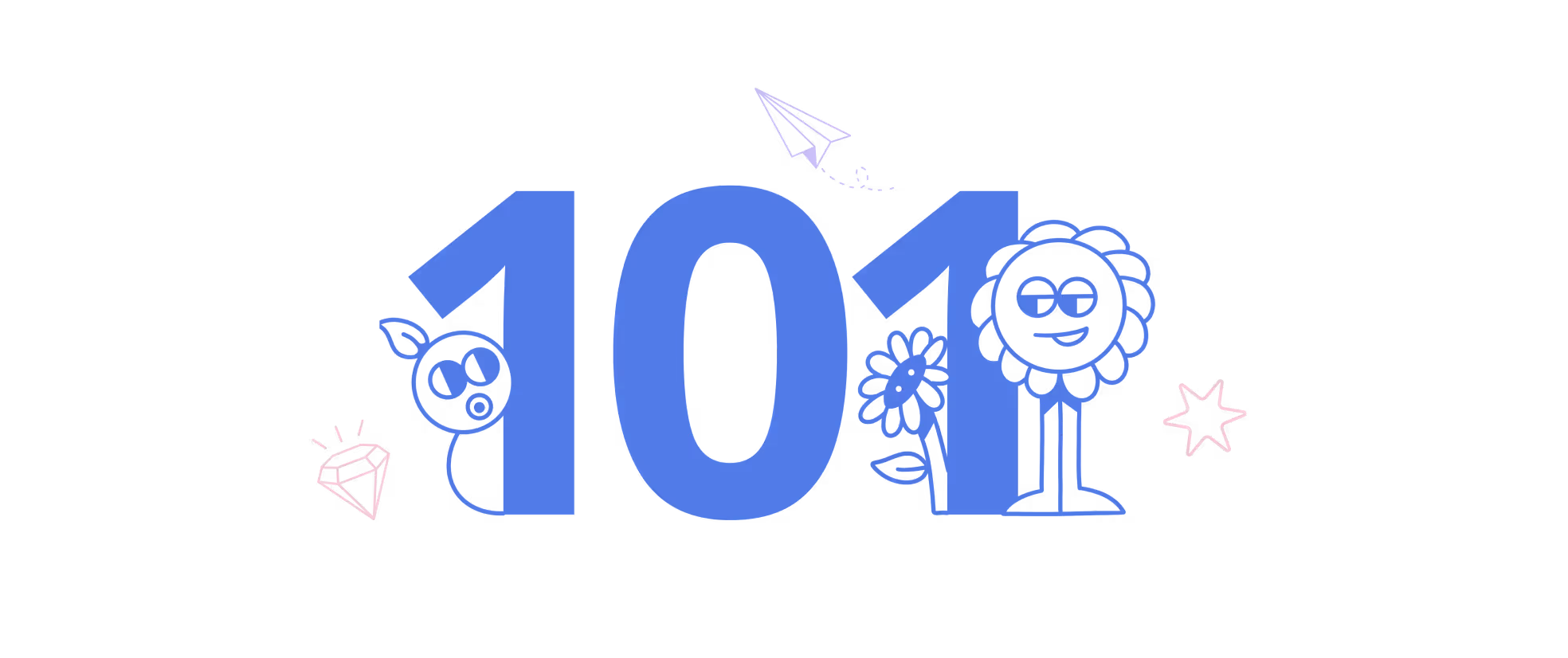Three ways to increase your ROI on creative investment
Almost 2000 new companies are formed every day in the UK. Yet, research shows that almost all of them will fail. It should surprise no one then, that maximising a ‘return on investment (ROI for short), is high up the priority list for almost every founder and CEO.

Max White
Copywriter & Strategist
Max is often found searching west-county coastlines for the perfect “right-hander”. We’re not sure what that means, but he seems to enjoy the never-ending hunt for waves. He also happens to be a pretty handy wordsmith.
Max White
Copywriter & Strategist
Managing your spending isn’t about being thrifty, or trying to snag a bargain. It’s the difference between a company that can scale successfully and one that falls flat on its feet in year two. We’ve worked with startups for the best part of 10 years, finding, trialling and developing new ways to help the up-and-coming get the best bang for their buck.
And guess what? We’re spilling the tea right here, right now.
Consider doing a brand sprint
The ‘brand sprint’ was first conceptualised by Google’s venture capital arm in 2011. If you or I had come up with the idea, people might not have taken notice. But it’s google, and believe it or not, they know a thing or two about brand building.
Over the last decade, design agencies have taken the principles from Google’s sprint and developed workshops designed specifically to launch brands and products without tight budgets in mind.
They’re not a bare-bones approach, but streamlined exercises and discussions targeted at desired outcomes. Need just a new landing page and logo? There’s a sprint for that. Need to adjust your tone of voice or develop a new CMS system? That’s available too. Sometimes you don’t need the full monty, just enough to get your MVP up and running and into the world.
Understand what makes a great design brief
Design prices ratchet up the more back and forth that you have with designers. A good brief, therefore, not only saves you time but also money. But what makes a good brief?
Our co-founder Max has spent years both working from briefs on his own and delegating them to the team here at Overpass, here are his 7 key components of a good brief.
- An overview of the brand/business – helps designers understand a client.
- Project overview/scope – what do you need from the design team?
- Project specifics – intended goals, deliverables and outcomes.
- Information on the intended audience – who’s the campaign/design for?
- Competitor information – what are others doing and how do you want to set yourself apart?
- A timeline – helps both parties understand the expectations of a project.
- Budget – the all-important numbers.
Set yourself up for success from the start
No one likes admin, but here’s the catch. Building the correct processes and design systems at the start of your brand will make your day-to-day easier as you begin to scale. Once a startup ourselves, we learned this the hard way, but have now implemented several systems to ensure we spend our time on creativity, not paperwork.
Here are a few processes we’ve put in place:
- We use Airtable to manage our tasks, content and client feedback.
- Our designers work across Figma, sharing files, resources and feedback channels.
- Our workshops are stored in the cloud and available indefinitely for our clients
- Our team have dedicated slack channels for each of their projects.
- All copywriting is accessible and can be worked on collaboratively in real-time with g-suite.
- Two weekly team calls for project updates, inspiration & team morale.
Almost as soon as you register with Companies House, you should look to implement the right processes and ensure that your workflow is smooth. Communication, content management, marketing and production are key areas of focus for all businesses.
If you’d like some guidance, we’d love to help out.
Prepare before you meet with designers
A big part of efficiency as a design agency is ensuring that your clients go through the right preparation for the work they will do with you.
Recently, we created a brand blueprint deck, our latest move to shape the way we work. Its aim is simple, to uncover the secrets behind brand building and help those we work with understand the process on a granular level so we can hit the ground running.
The way we see it is this… Either we keep our cards close to our chest and spend sessions explaining brand building, or we give people the theory upfront, and have more time for discussions and insights during our sessions – it’s a no-brainer.
So whether you’re looking for a new logo, or a total rebrand, spending a few minutes to brush up on the best google (or us…) has to offer will not only help the design team communicate their work to you, but will also increase the amount of creative time a team can put into a project.


